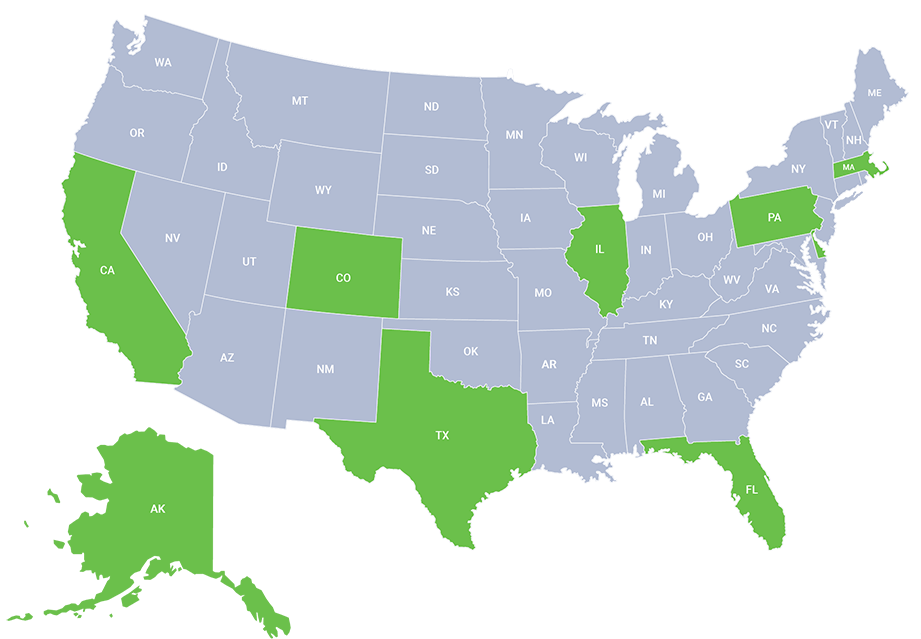Psychoactive drugs are chemical substances that alter a person’s physical and/or mental state because of how they interact with the central nervous system.
Psychoactive drugs can be prescribed by a doctor as well as used recreationally or abused. These drugs can also have both short- and long-term side effects that can include serious damage if they are misused or abused.
Getting into treatment is easy with our free insurance verification
"*" indicates required fields
Categories of Psychoactive Drugs
Because they include such a wide range of substances, psychoactive drugs can be broken down into smaller classes. These various types of psychoactive drugs are divided based mostly on the substance’s effects on the body.
Depressants
Depressants are a type of psychoactive drug that inhibit and slow down the central nervous system. Depressants usually have a calming effect on the body and can be used to treat aliments like anxiety, muscle spasms, and sleep disorders.
Some examples of depressants include:
- Alcohol
- Benzodiazepines
- Tranquilizers
While many depressants have legitimate medical purposes, they are dangerous when abused. Taking too many of these psychoactive drugs at once can lead to overdose and life-threatening effects like shallow breathing, slowed heart rate, and coma. People abusing this type of psychoactive drug should seek drug or alcohol detox program to quit.
Stimulants
Stimulants are a class of psychoactive drugs that excite the central nervous system and increase arousal. People who take stimulants will usually experience a boost of energy and feel more alert while also experiencing an elevated heart rate and increase in blood pressure.
Some examples of stimulants include:
- Caffeine
- Nicotine
- Amphetamines
- Meth
- Cocaine
While many people depend on their daily cup of joe to make it through the day, more powerful stimulants like cocaine and meth are dangerous when abused. They can lead to serious long-term health issues including cardiovascular problems. Those addicted to these drugs should find an appropriate substance abuse treatment center to help them quit before these problems become irreversible.
Opioids
Opioids include prescription painkillers, heroin, and synthetic opioids that were originally derived from the opium poppy plant. What makes this psychoactive drug type unique is its ability to relieve pain. Other side effects of opioids can vary dramatically from euphoria to nausea.
Some examples of opioids include:
- Vicodin
- Oxycodone
- Morphine
- Heroin
- Fentanyl
While opioids are often used by doctors for pain relief, they are highly addictive. As reflected by the opioid crisis, the number of people misusing and becoming addicted to these drugs has skyrocketed in the past two decades. Many people begin by abusing prescription painkillers before turning to harder opioids like heroin. If you or someone you care about is addicted to prescription painkillers, get into a prescription drug detox before the problem escalates.
Hallucinogens
While these other classes of psychoactive drugs do have some psychological effects, hallucinogens are best known for their dramatic mind-altering effects. Hallucinogens may lead to hallucinations and delusions as well as a variety of other psychological and physical effects.
Some examples of hallucinogens include:
- LSD
- Magic mushrooms
- PCP
- Ketamine
Although hallucinogens may have a lower risk of addiction than other types of psychoactive drugs, they can lead to erratic or risky behavior that may result in a serious injury.
While there are several types of psychoactive drugs with varying effects, all of them can be dangerous if abused. If you or someone you care about has started abusing these drugs, do not wait to get help.
Call us today at 888-280-4763 to learn more about our programs at Banyan Delaware and to get started.








